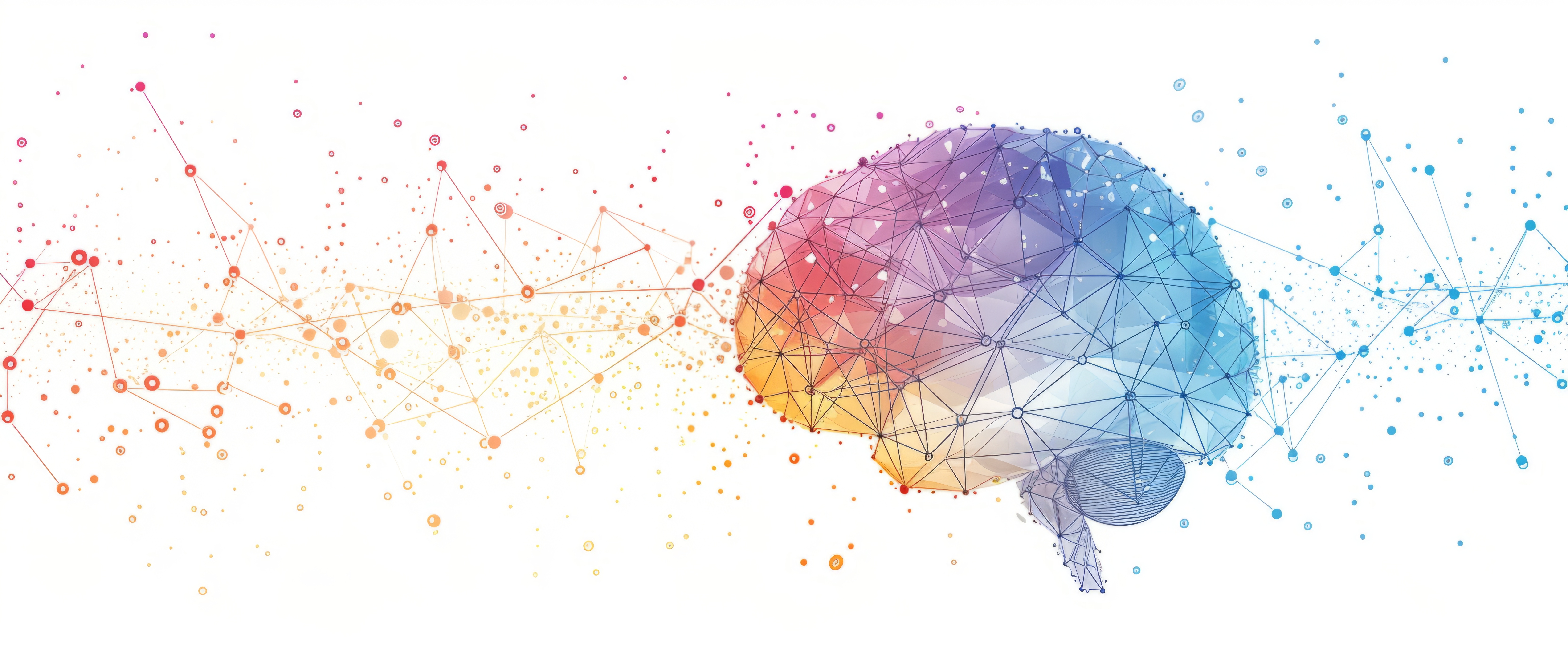I spent time with my friend and business colleague, Shelley Row this week, discussing an upcoming program she’s delivering. Shelley is an expert in neuroscience, and while we were talking about our emotions, Shelley shared with me that we all have more control over my emotions than we think.
Shelley asked if I ever go into a meeting, or a presentation and see someone in the front row frowning. “Well yes”, I responded. It can make me think, “Uh-oh. They don’t like my bio, or worse, they don’t like me!” It makes me feel anxious and sometimes a little defensive. It’s always distracting and it’s never positive.
But what if they weren’t upset with me at all and they simply had a headache or they had just received bad news?
Shelley explained that according to groundbreaking neuroscience research from Dr. Lisa Feldman Barrett, my reaction isn’t a fluke. Our brains predict an emotional experience based on past patterns.
I didn’t know that emotions are predictions, not reactions. Did you?
Barrett’s Theory of Constructed Emotion shows that emotions aren’t automatic responses to events. They’re constructed by your brain, using past experiences to guess what’s about to happen. Your body and mind then respond as if that prediction is real, often before anything actually happens.
That means our emotions aren’t just reactions to reality. They’re guesses, albeit educated guesses, and they are sometimes helpful but sometimes wildly off base.
Barrett elaborates:
“In every waking moment, your brain uses past experience, organized as concepts, to guide your actions and give your sensations meaning. When the concepts involved are emotion concepts, your brain constructs instances of emotion.”
— Lisa Feldman Barrett, The Theory of Constructed Emotion
As a leader, this insight is golden. When you understand that your emotions (and those of your team) are predictions, not facts, you gain serious advantages. These realizations allow you to:
- Pause before reacting. That frustrated email from a client? Maybe it’s not personal.
- Cultivate curiosity over combustion. When a team member pushes back, ask what fear or story might be behind it.
- Reframe and guide. Your calm response can literally shape another’s emotional prediction next time.
Great leaders don’t just manage people, they manage meaning. And this starts by managing their own emotional landscape.
For a deeper dive into Dr. Barrett’s research, explore her book How Emotions Are Made.





0 Comments